Module 15: The Activated Sludge Process – Part 1
Module 15 Activated Sludge Process Part 1
Source : https://www.dep.pa.gov/Business/Water/Pages/default.aspx
Usually dispatched in 2 to 3 days
Usually dispatched in 2 to 3 days
Category:
Wastewater Treatment
•Describe the activated sludge process and its control variables.
•List List three types of activated sludge treatment plants.
Only logged in customers who have purchased this product may leave a review.
Related products
A Ground-Breaking Innovation In Wastewater Treatment
The fashion industry contributes 20% of industrial water pollution With a high water footprint, massive chemical use and atmospheric, water and greenhouse gas (GHG) emissions, dyehouse operations are the most environmentally damaging component of the apparel supply chain2.Global brands are responding by requiring manufacturers to treat wastewater and reduce effluent. Paradoxically, conventional water treatment systems generate toxic sludge, trading water pollution for solid, chemical discharge that is landfilled and emits GHG – mostly methane.
A Ground-Breaking Innovation In Wastewater Treatment
The fashion industry contributes 20% of industrial water pollution With a high water footprint, massive chemical use and atmospheric, water and greenhouse gas (GHG) emissions, dyehouse operations are the most environmentally damaging component of the apparel supply chain2.Global brands are responding by requiring manufacturers to treat wastewater and reduce effluent. Paradoxically, conventional water treatment systems generate toxic sludge, trading water pollution for solid, chemical discharge that is landfilled and emits GHG – mostly methane.
A study on The Removal of Some Phenolic Compounds from Wastewater
ABSTRACT:
The removal by means of Advanced Oxidation Processes (AOPs) is an attractive option for the treatment of industrial wastewater containing phenolic compounds in an environmental . The present work would summarize some AOPs technologies focusing only on heterogeneous catalytic removal of phenol and highlighting the catalysts activity and reaction conditions. The catalysts used were H ZSM-5,H-Mordenite and Bentonite. H-ZSM-5,H-Mordenite doped with Platinum (Pt) were prepared and characterized by using X-ray diffraction analysis (XRD), thermal analysis, Scanning electron microscopy, High Resolution Transmission electron microscopy, pluse titration measurements, nitrogen adsorption desorption at -196°C. the experimental parameters affecting the removal efficiency were time, temperature, pH, initial phenol concentrations, catalyst dose and the effect of irradiating with Ultraviolet (UV –C) were studied . The optimum conditions for the removal of each catalyst were investigated .
A study on The Removal of Some Phenolic Compounds from Wastewater
ABSTRACT:
The removal by means of Advanced Oxidation Processes (AOPs) is an attractive option for the treatment of industrial wastewater containing phenolic compounds in an environmental . The present work would summarize some AOPs technologies focusing only on heterogeneous catalytic removal of phenol and highlighting the catalysts activity and reaction conditions. The catalysts used were H ZSM-5,H-Mordenite and Bentonite. H-ZSM-5,H-Mordenite doped with Platinum (Pt) were prepared and characterized by using X-ray diffraction analysis (XRD), thermal analysis, Scanning electron microscopy, High Resolution Transmission electron microscopy, pluse titration measurements, nitrogen adsorption desorption at -196°C. the experimental parameters affecting the removal efficiency were time, temperature, pH, initial phenol concentrations, catalyst dose and the effect of irradiating with Ultraviolet (UV –C) were studied . The optimum conditions for the removal of each catalyst were investigated .
Sewer Design Guide
Abstract:
the Sewer Design Guide is a guide for the engineer when planning and designing wastewater facilities and should be used for both public facilities and private facilities which serve multiple lots. This guide summarizes and outlines relevant City policies, applicable codes, and engineering and operational practices and procedures that have been developed in an effort to establish a cost-effective, reliable, and safe wastewater collection system. Also to be considered and used in conjunction with this design guide are all applicable current standard drawings, specifications, codes, laws and industry requirements for the planning and design of wastewater infrastructures
Sewer Design Guide
Abstract:
the Sewer Design Guide is a guide for the engineer when planning and designing wastewater facilities and should be used for both public facilities and private facilities which serve multiple lots. This guide summarizes and outlines relevant City policies, applicable codes, and engineering and operational practices and procedures that have been developed in an effort to establish a cost-effective, reliable, and safe wastewater collection system. Also to be considered and used in conjunction with this design guide are all applicable current standard drawings, specifications, codes, laws and industry requirements for the planning and design of wastewater infrastructures
Use of 4IR Technologies in Water and Sanitation in Latin America and the Caribbean
The United Nations’ Sustainable Development Goal 6 (SDG 6) aims to ensure the availability and management of water and sanitation for all, including an end to open defecation, by 2030.1 Lack of access to clean water and proper sanitation affect all aspects of human life across the globe, having the largest negative effects on least developed countries and marginalized communities. About 36% of the global population live in water-scarce regions, with more
than two billion people having no other choice but to consume contaminated water. Water pollution is the greatest culprit in ecosystem destruction, leading to biodiversity loss with often irreversible consequences. Water scarcity is expected to displace 700 million people by 2030, while desertification will put the livelihood of one billion people living in 100 countries across the world at risk by 2050.2 Despite these risks, our society has very few incentives to consume less water, maintain water quality, or allocate funding and resources to ecosystems
or social objectives.3 In order to fulfill the objectives of the SDG 6, the High Level Panel on Water called for a “fundamental shift in the way the world looks at and manages water”, noting that a 40% shortfall in water availability by 2030 could be expected if no action is taken.4 An urgent need to develop innovative approaches to solve global water scarcity and quality issues has arisen, as traditional financing solutions and technologies have proven to be insufficient in addressing these challenges.
Use of 4IR Technologies in Water and Sanitation in Latin America and the Caribbean
The United Nations’ Sustainable Development Goal 6 (SDG 6) aims to ensure the availability and management of water and sanitation for all, including an end to open defecation, by 2030.1 Lack of access to clean water and proper sanitation affect all aspects of human life across the globe, having the largest negative effects on least developed countries and marginalized communities. About 36% of the global population live in water-scarce regions, with more
than two billion people having no other choice but to consume contaminated water. Water pollution is the greatest culprit in ecosystem destruction, leading to biodiversity loss with often irreversible consequences. Water scarcity is expected to displace 700 million people by 2030, while desertification will put the livelihood of one billion people living in 100 countries across the world at risk by 2050.2 Despite these risks, our society has very few incentives to consume less water, maintain water quality, or allocate funding and resources to ecosystems
or social objectives.3 In order to fulfill the objectives of the SDG 6, the High Level Panel on Water called for a “fundamental shift in the way the world looks at and manages water”, noting that a 40% shortfall in water availability by 2030 could be expected if no action is taken.4 An urgent need to develop innovative approaches to solve global water scarcity and quality issues has arisen, as traditional financing solutions and technologies have proven to be insufficient in addressing these challenges.
Chemical Cleaning Of Ultrafiltration Membrane After Treatment Of Oily Wastewater
Abstract:
Oily wastewaters and Oil–in-water emulsions are two of the major pollutants of the environment. Ultrafiltration (UF) membranes play an important role in the treatment and reuse of oily wastewaters. Fouling of UF membranes is typically caused by inorganic and organic materials present in wastewaters that adhere to the surface and pores of the membrane and result in the deterioration of performance with a consequent increase in energy costs and membrane replacement. In the experiments, polyacrylonitrile (PAN) and outlet wastewater of the API (American Petroleum Institute) separator unit of Tehran refinery as membrane and feed were used, respectively. Fouling and cleaning experiments were performed with oily wastewater and selected cleaning agents using a laboratory scale cross flow test unit. The results showed that metal chelating agent (ethylene diamine tetra acetic acid disodium salt-2-hydrate (EDTA)) and an anionic surfactant (sodium dodecyl sulfate (SDS)) were able to Clean the fouled UF membrane effectively by optimizing chemical (pH) and physical
(cleaning time, cross flow velocity (CFV) and temperature) conditions during cleaning. Flux recovery and resistance removal were found to improve with increasing CFV, temperature, pH, cleaning time and concentration of the cleaning chemicals. In this paper, the cleaning mechanism is also investigated.
Chemical Cleaning Of Ultrafiltration Membrane After Treatment Of Oily Wastewater
Abstract:
Oily wastewaters and Oil–in-water emulsions are two of the major pollutants of the environment. Ultrafiltration (UF) membranes play an important role in the treatment and reuse of oily wastewaters. Fouling of UF membranes is typically caused by inorganic and organic materials present in wastewaters that adhere to the surface and pores of the membrane and result in the deterioration of performance with a consequent increase in energy costs and membrane replacement. In the experiments, polyacrylonitrile (PAN) and outlet wastewater of the API (American Petroleum Institute) separator unit of Tehran refinery as membrane and feed were used, respectively. Fouling and cleaning experiments were performed with oily wastewater and selected cleaning agents using a laboratory scale cross flow test unit. The results showed that metal chelating agent (ethylene diamine tetra acetic acid disodium salt-2-hydrate (EDTA)) and an anionic surfactant (sodium dodecyl sulfate (SDS)) were able to Clean the fouled UF membrane effectively by optimizing chemical (pH) and physical
(cleaning time, cross flow velocity (CFV) and temperature) conditions during cleaning. Flux recovery and resistance removal were found to improve with increasing CFV, temperature, pH, cleaning time and concentration of the cleaning chemicals. In this paper, the cleaning mechanism is also investigated.
Module 16 : Activated Sludge Process- Part 2
•List the key monitoring points within the activated sludge process and explain what to look for at those points.
•List five key process control parameters and for each parameter, explain what it is, why it is used and how it is calculated
•List the daily process control tasks that need to be accomplished and explain how to perform them.
Module 16 : Activated Sludge Process- Part 2
•List the key monitoring points within the activated sludge process and explain what to look for at those points.
•List five key process control parameters and for each parameter, explain what it is, why it is used and how it is calculated
•List the daily process control tasks that need to be accomplished and explain how to perform them.


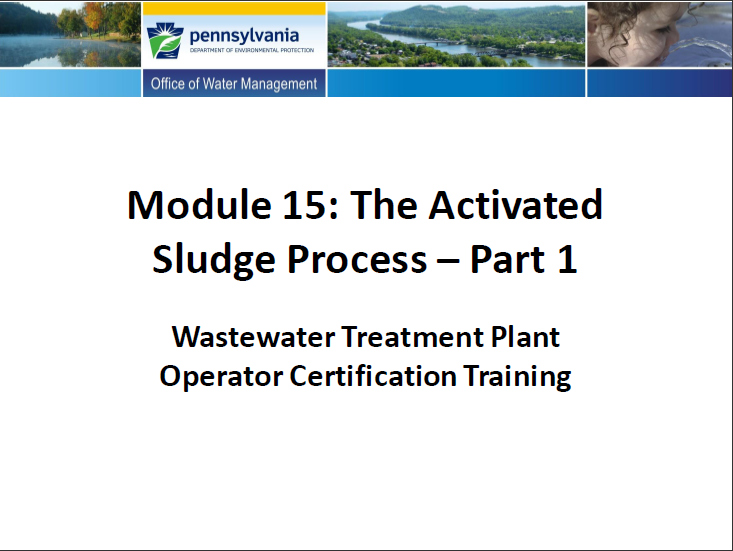
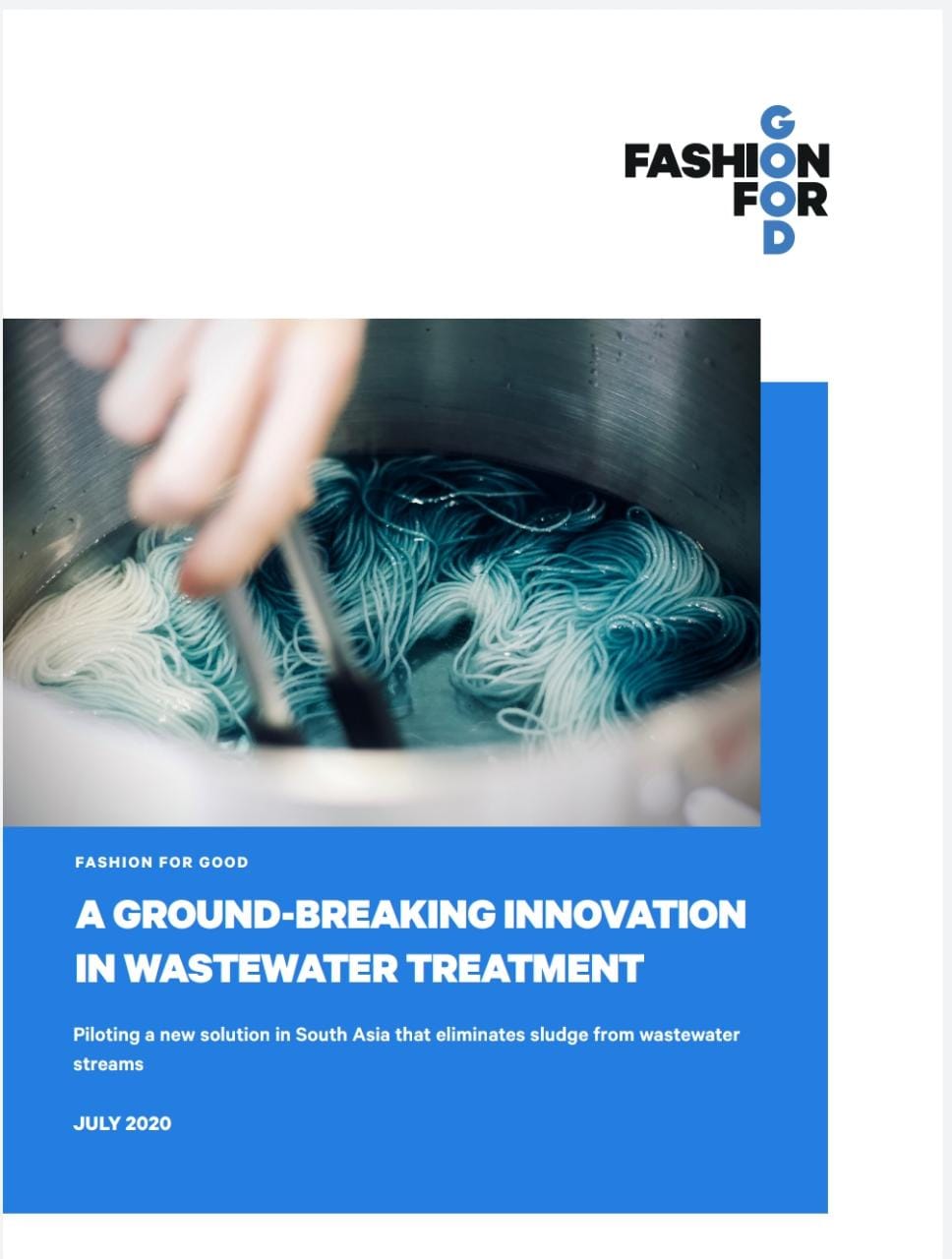
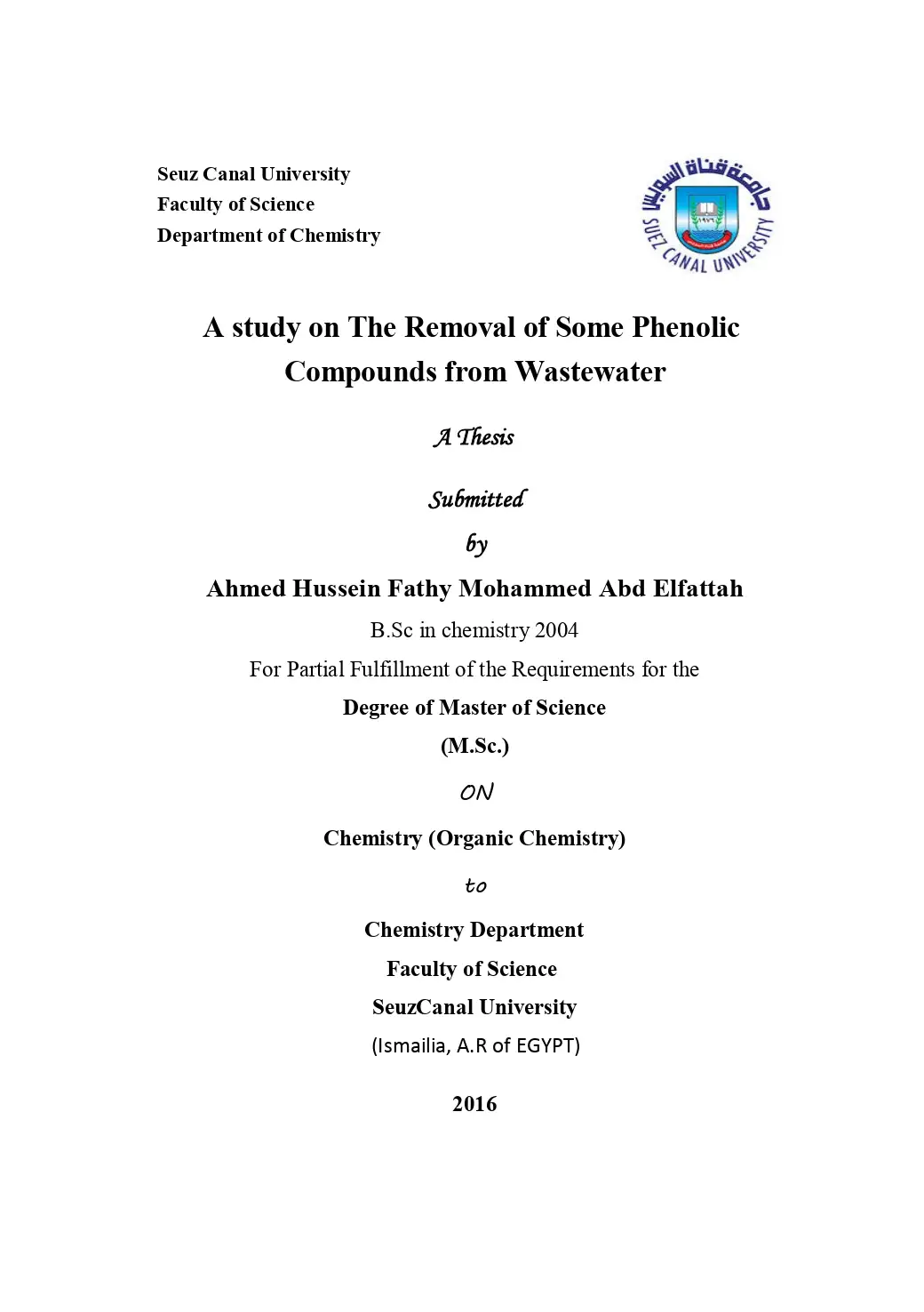
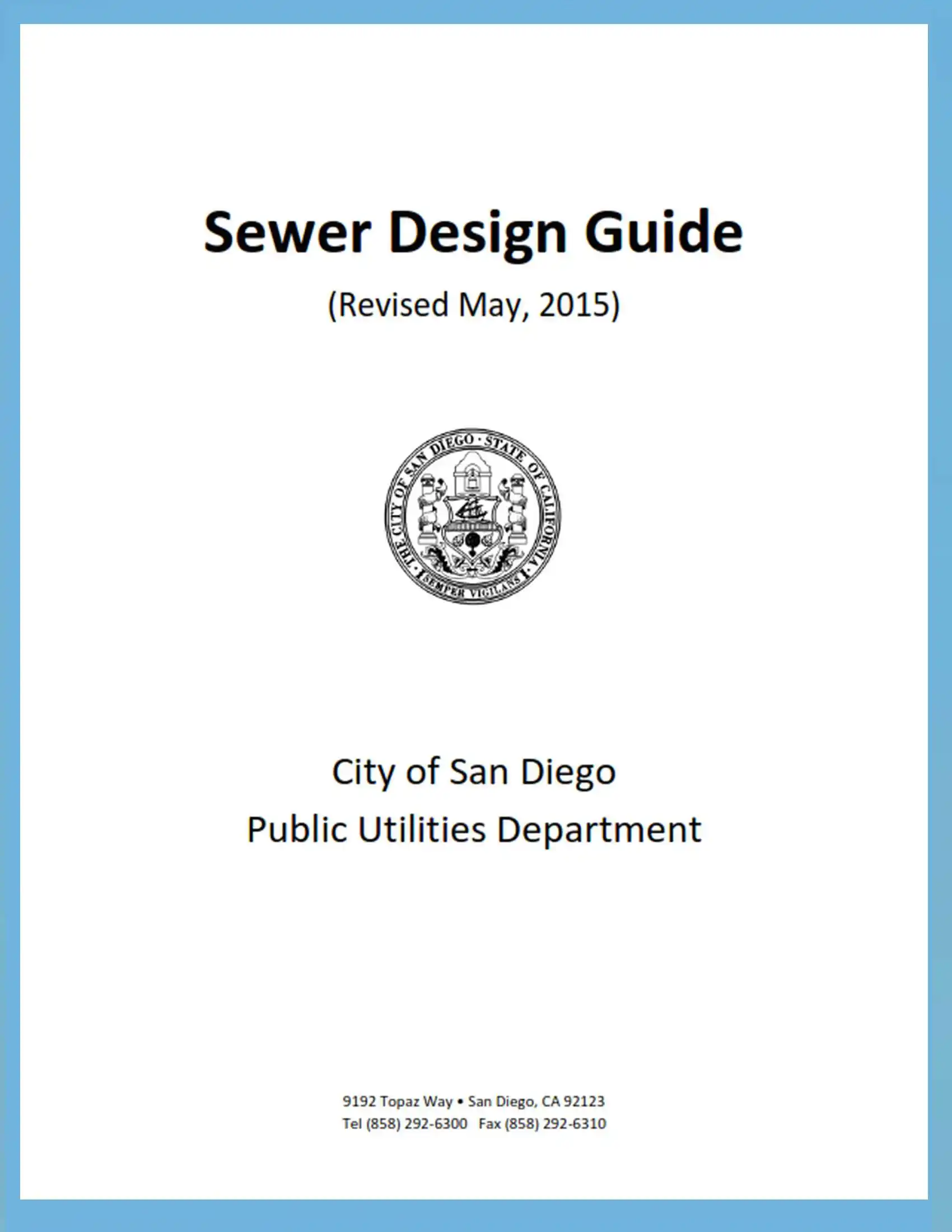
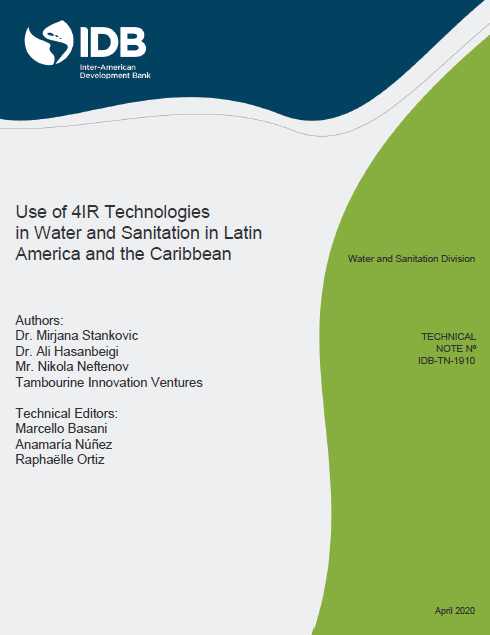
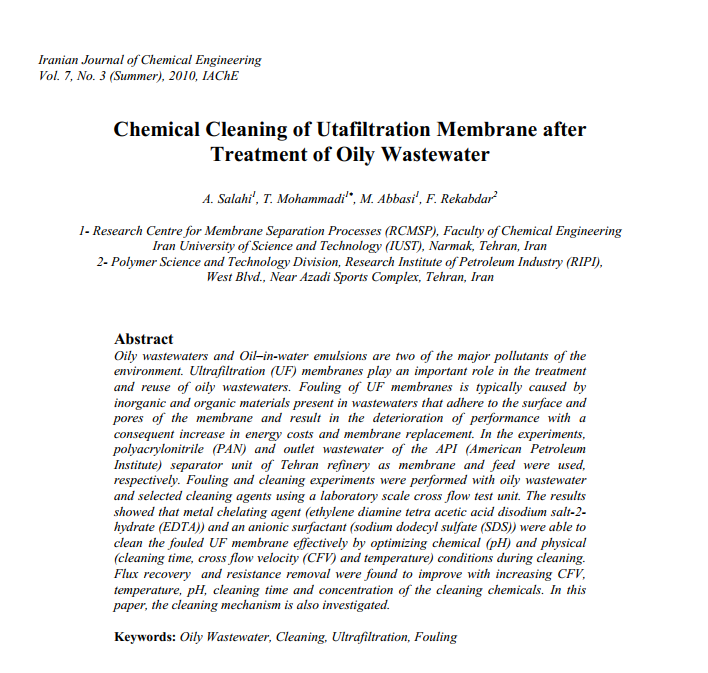
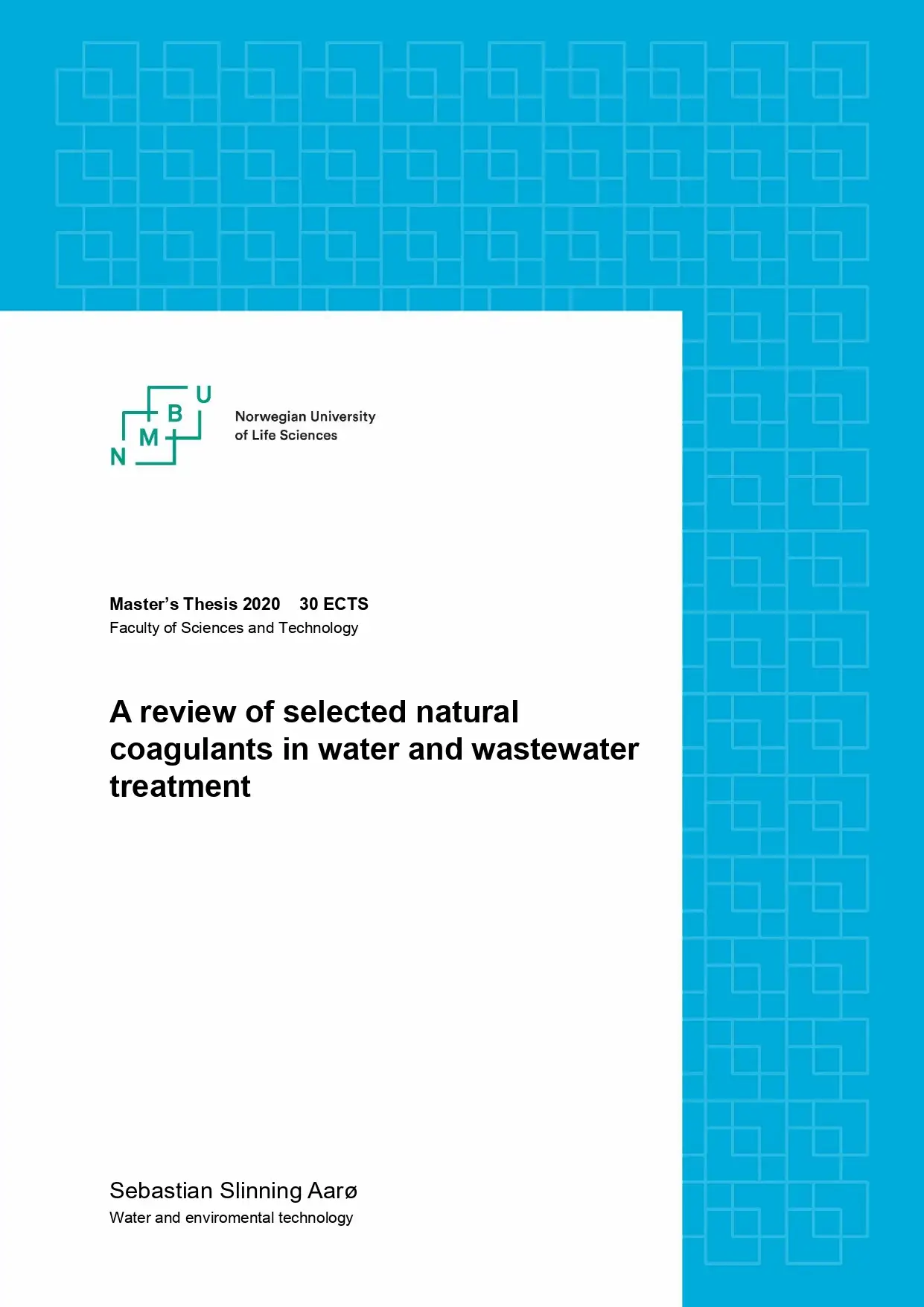
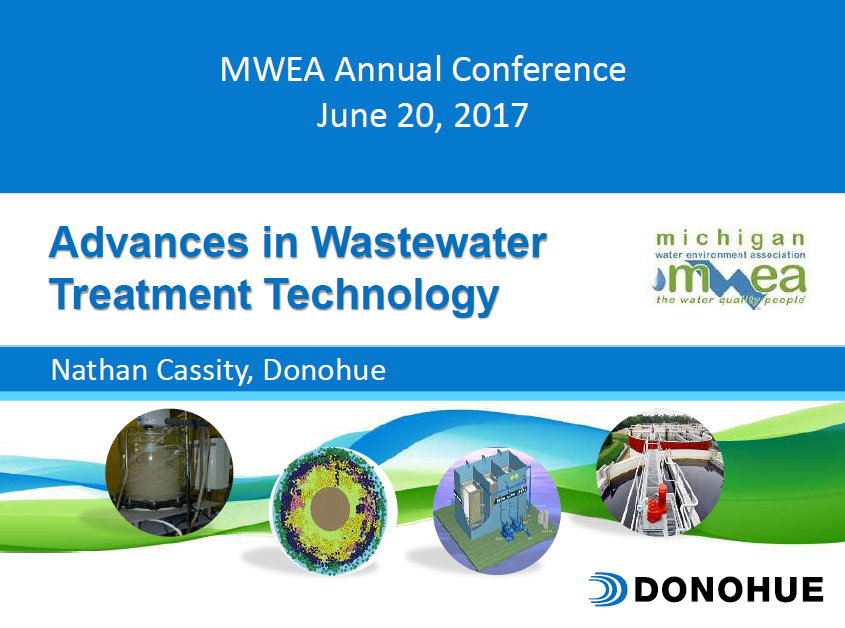
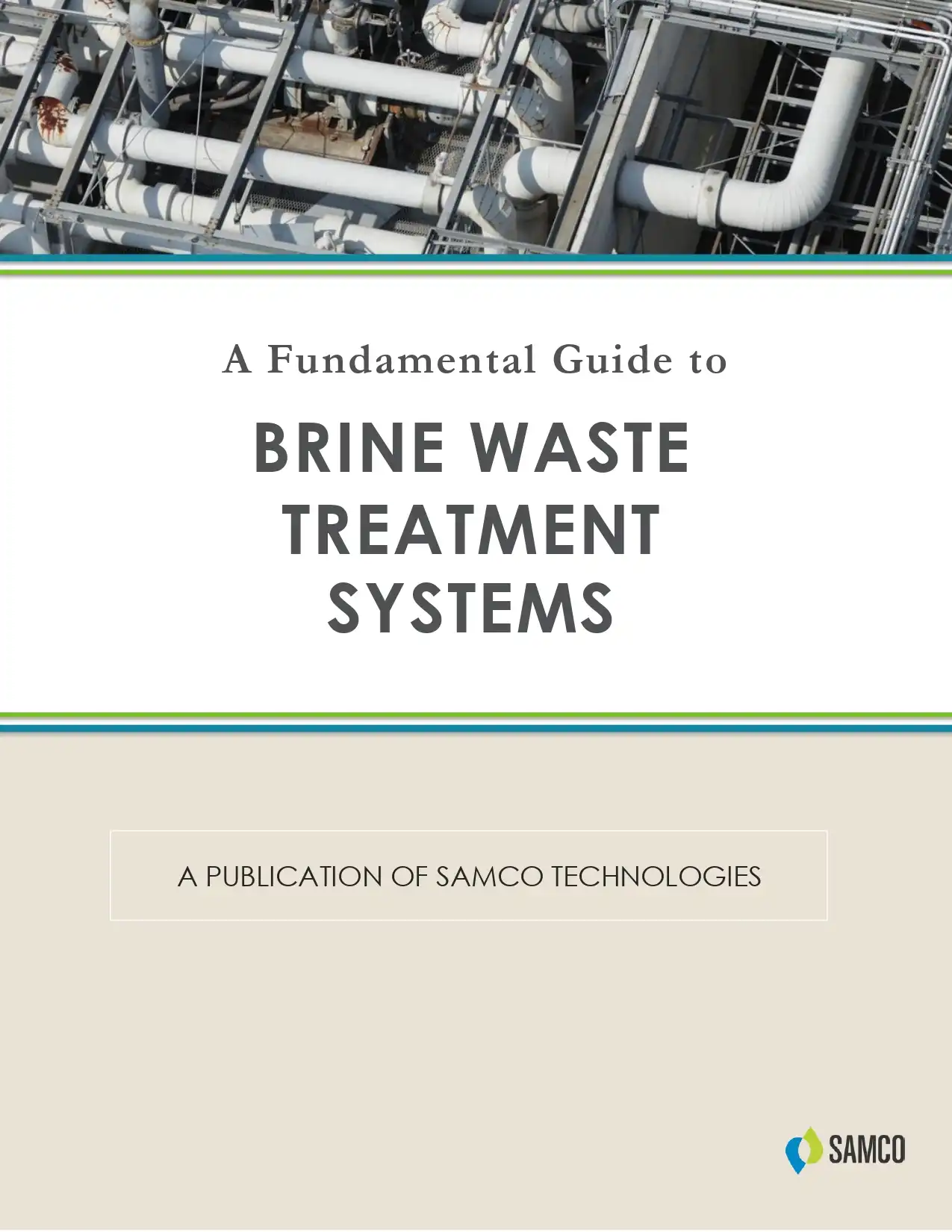
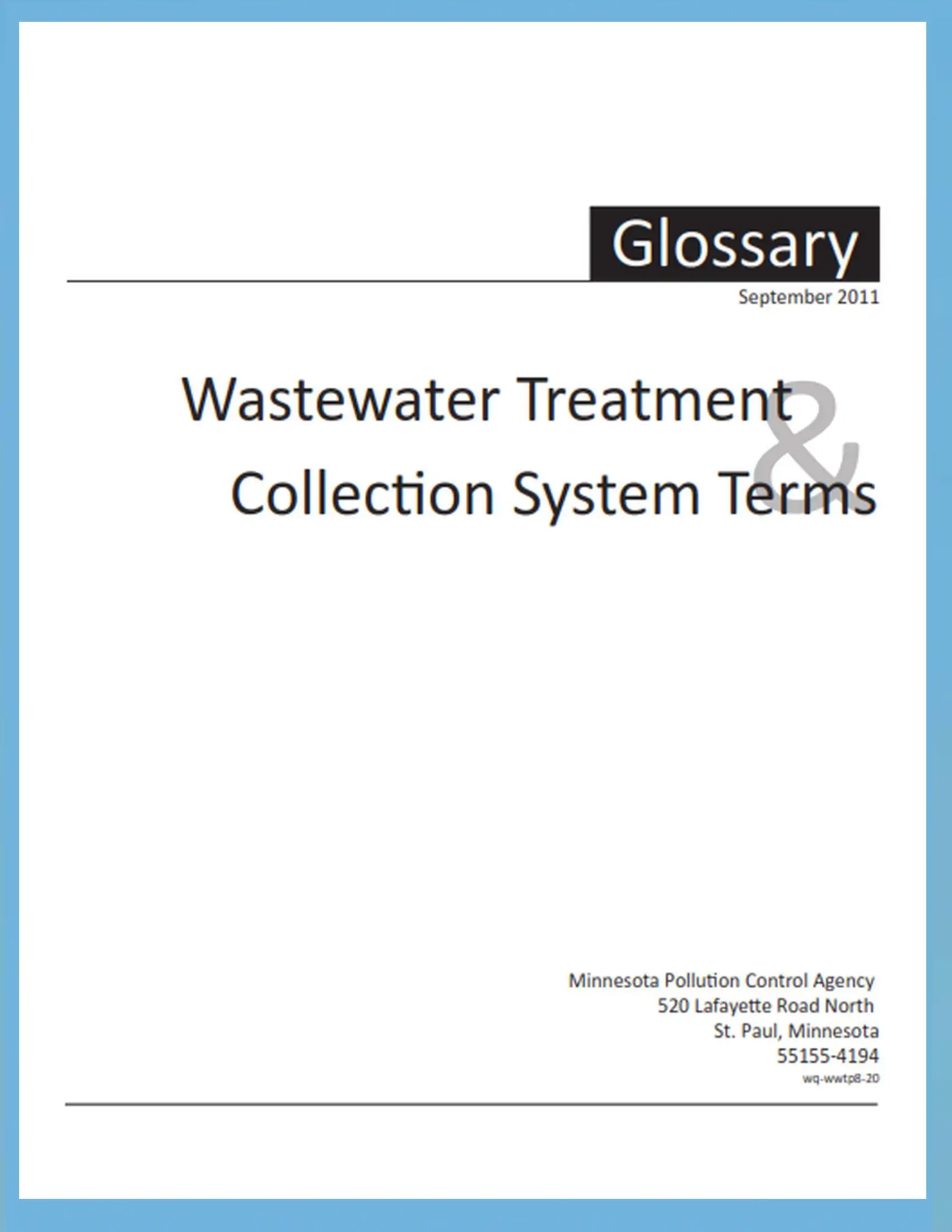
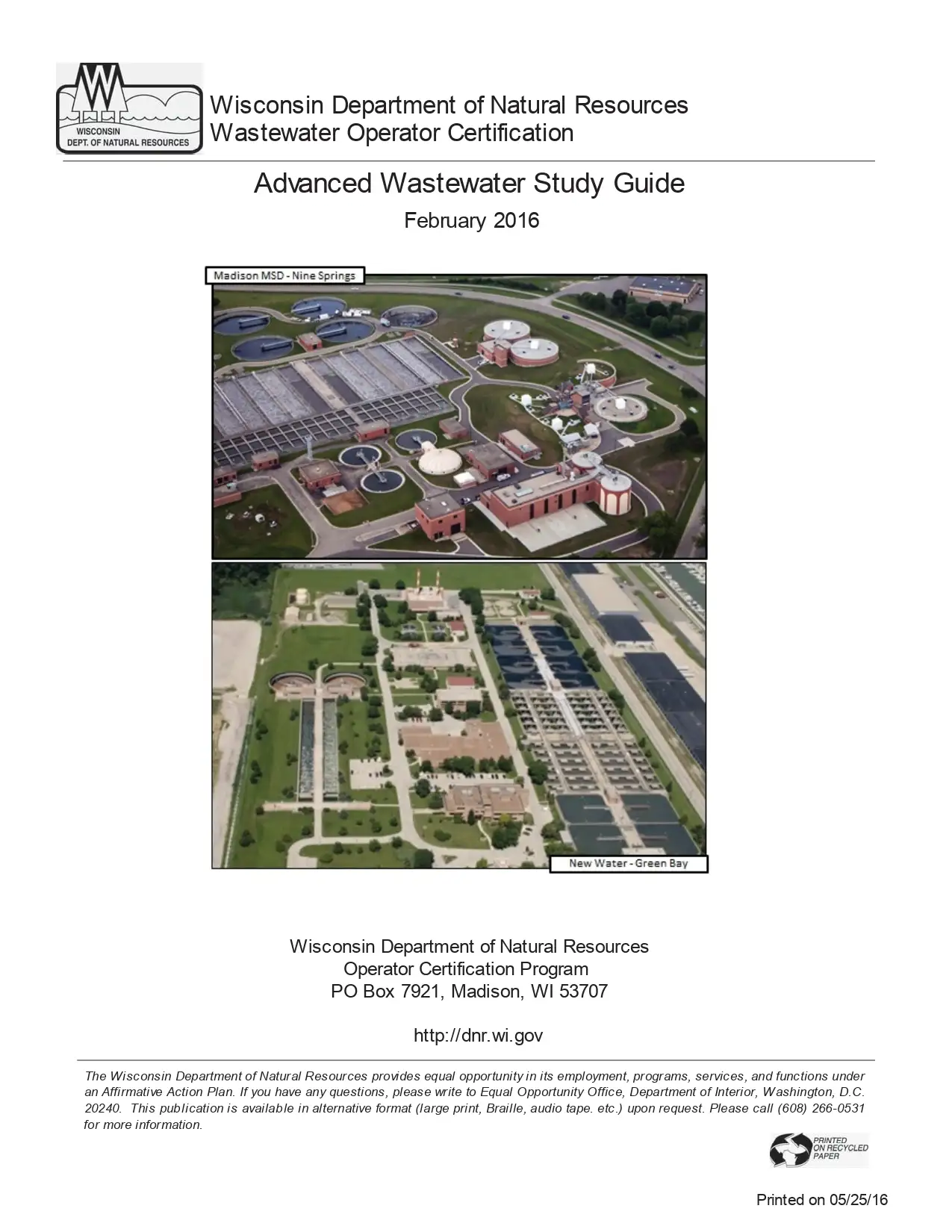

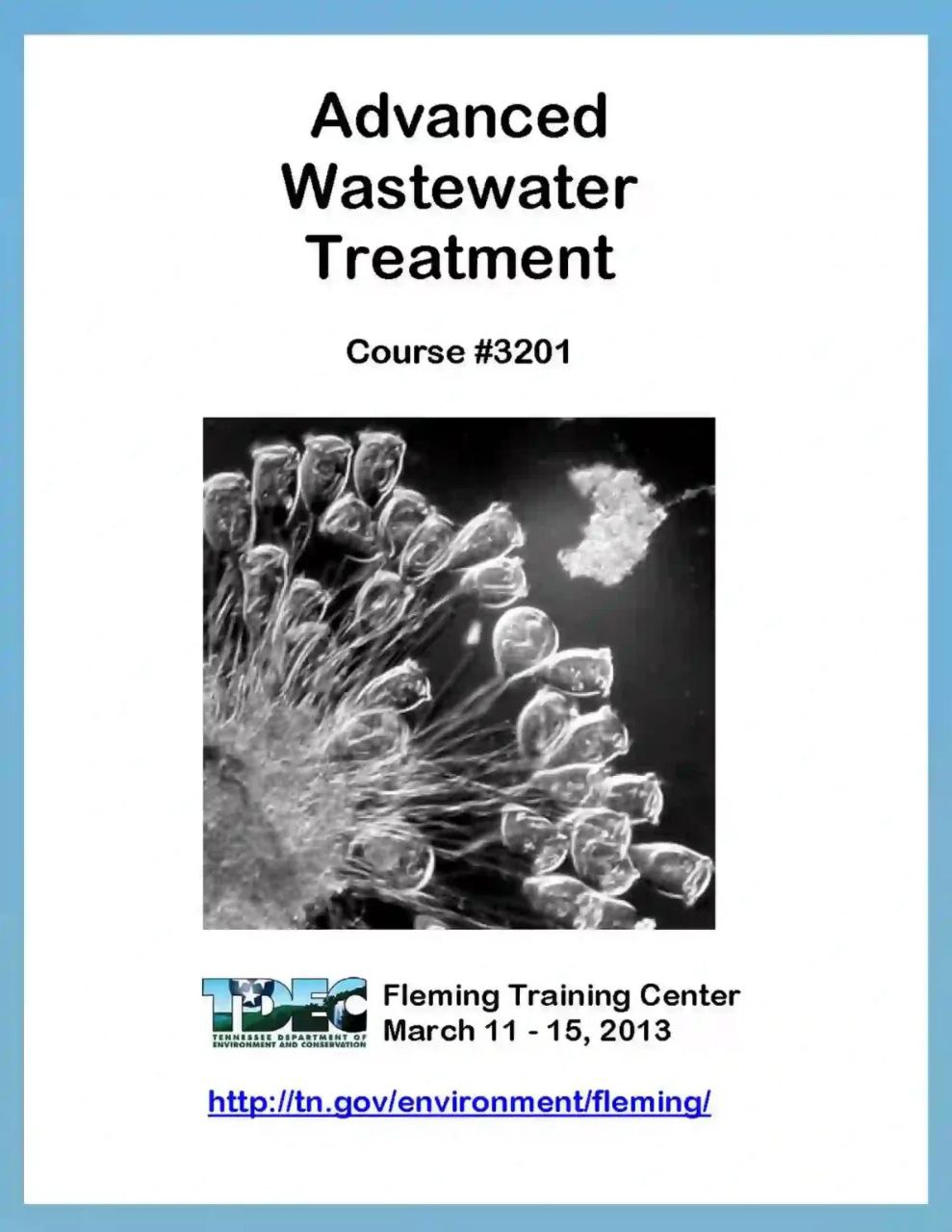
Reviews
There are no reviews yet.